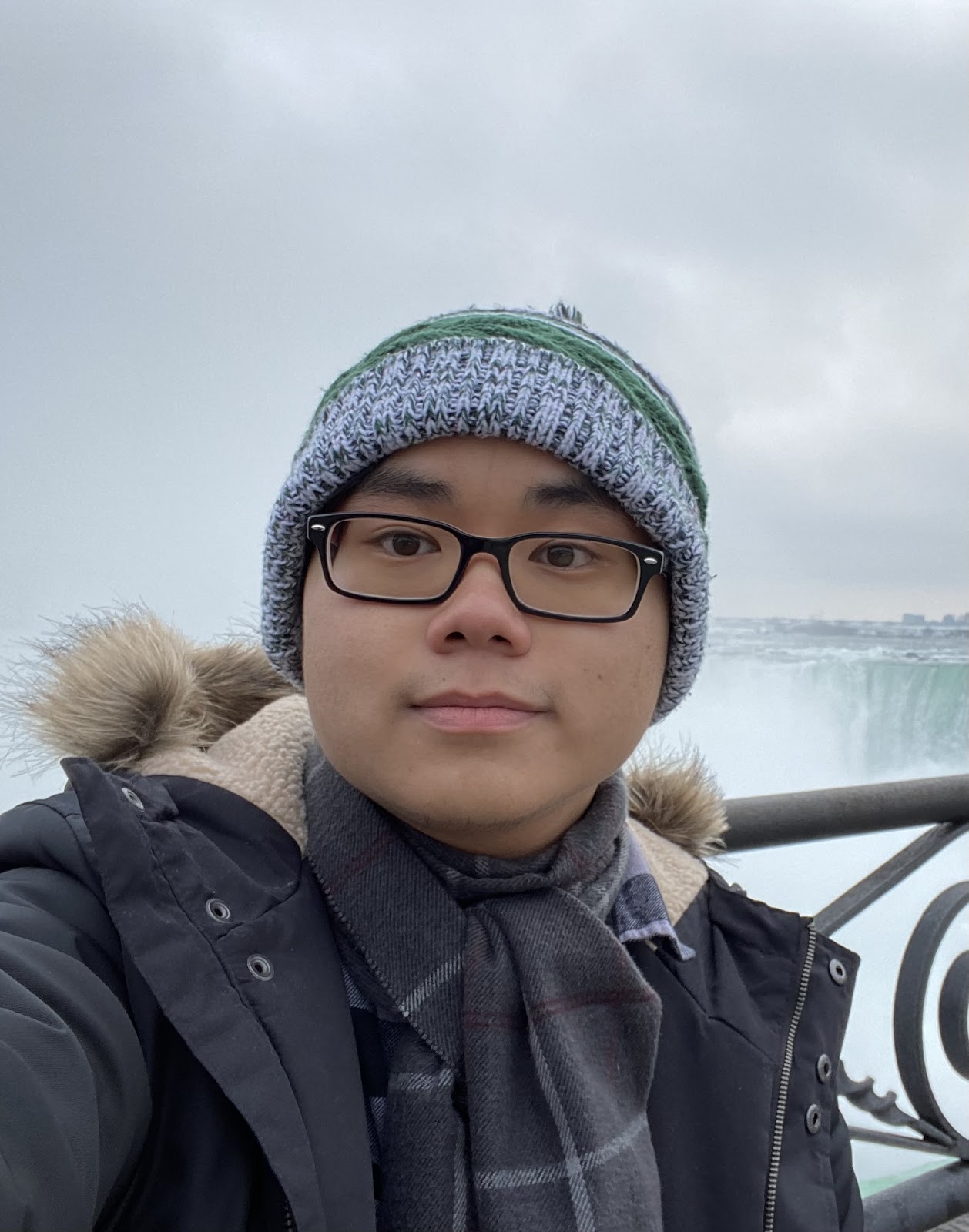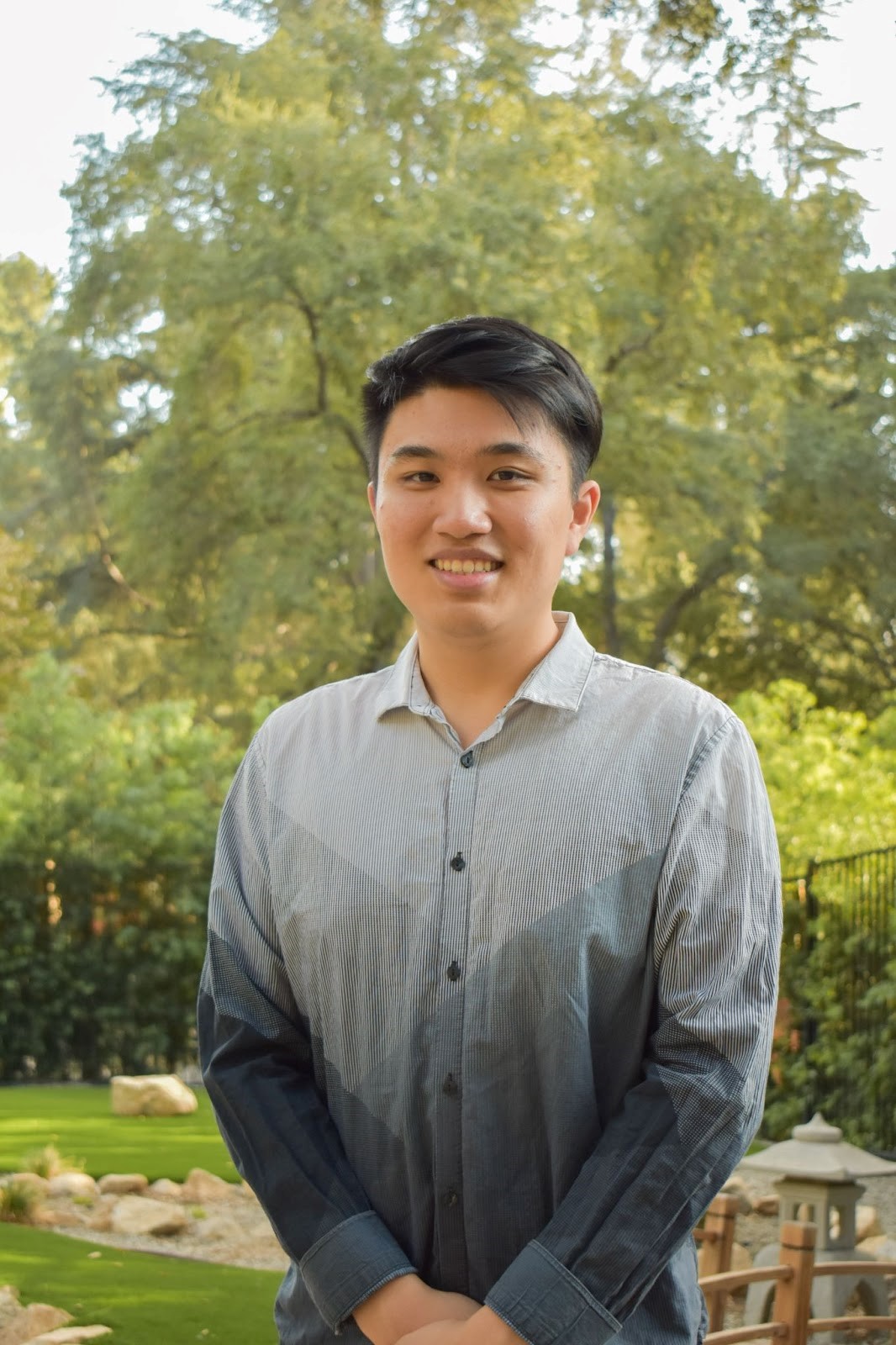Below is a summary of the abstract you submitted. Presenting author(s) is shown in bold.
If any changes need to be made, you can modify the abstract or change the authors.
You can also download a .docx version of this abstract.
If there are any problems, please email Dan at dar78@pitt.edu and he'll take care of them!
This abstract was last modified on March 21, 2023 at 10:56 p.m..

Actinobacteriophages are viruses that infect bacteria of the family Actinomycetaceae, and mycobacteriophages and corynebacteriophages are of clinical interest due to their ability to infect bacteria causing tuberculosis and diphtheria. Previous research showed that Mycobacteriophage Patience has low GC content (LGCC) compared to other Mycobacteriophages and exhibits differing codon usage bias from its Mycobacterium host, suggesting that it may have recently jumped from a LGCC host like Corynebacterium to high GC content (HGCC) Mycobacterium hosts. GC content refers to the percentage of guanine and cytosine in DNA, while codon usage bias refers to the use of preferred codons - a set of 3 nucleotides that encode for a specific amino acid - by an organism. Mycobacteriophage clusters AC, H1, H2, R, and U display LGCC similar to phage Patience, suggesting they may also have jumped hosts. Our findings demonstrate high levels of similarity among LGCC Mycobacteriophages, which also exhibit relative synonymous codon usage values - a normalized metric of codon usage fraction - similar to Corynebacterium hosts. We also find that LGCC Mycobacteriophages share greater gene content similarity with Corynebacteriophages compared to HGCC Mycobacteriophages, and share a more recent common ancestor when observing phylogenies of DNA helicase. Our findings suggest that these LGCC Mycobacteriophages have a history of infecting Corynebacterium hosts, and converged to infect Mycobacterium hosts. These phages may have derived from the same quasi-species and diverged to infect their current host species. Understanding phage evolution and cross-genera transmission provides insight into host-range determinants for targeted phage therapies.





